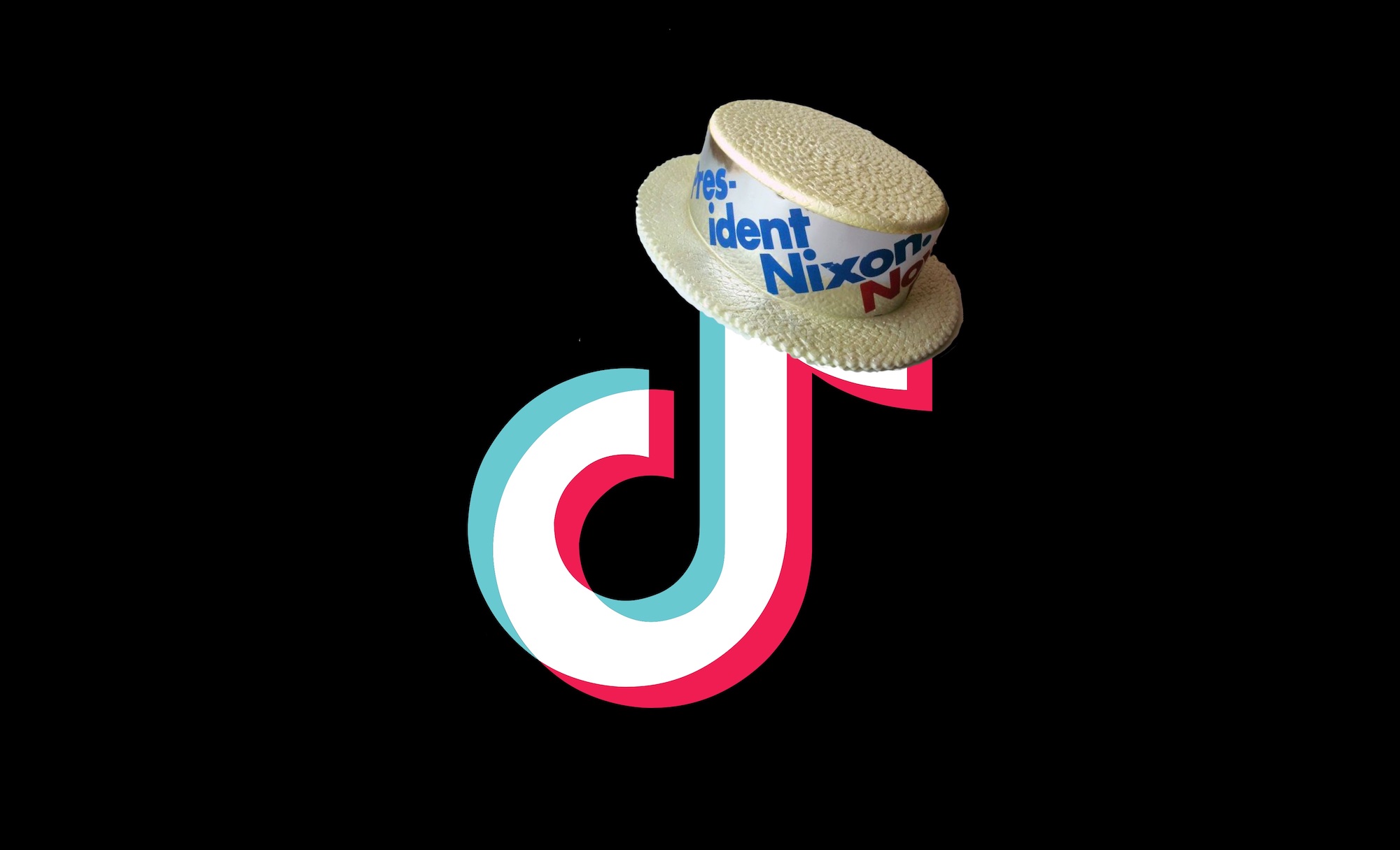
BuzzFeed News is looking for a few good teens. The news division of the popular entertainment site is recruiting a brand new type of employee — dubbed “Teen Ambassadors” — who will create original TikTok and Instagram videos as part of the site’s 2020 election coverage.
Hiring young, camera-ready content creators for social media is hardly surprising for BuzzFeed. But these teen ambassadors will work with the election team at BuzzFeed News, the newsroom side of the operation that has taken pains to distinguish itself from quizzes and cat videos in recent years with a separate site, masthead, and mission statement.Sara Yasin, BuzzFeed News’ director of news curation, said three teen ambassadors — aged 16 to 19 — will be chosen to make weekly videos for TikTok or Instagram stories based on their passion for political issues and creative storytelling abilities. (No YouTube: Yasin said making a quality YouTube video would be overly time-consuming for the teenagers, who’ll likely be enrolled in high school or their freshman year of college.)
From the job description:
This is a chance to use our huge audience to create meaningful conversations about US politics. The ideal candidate should be creative, passionate about the upcoming election, and eager to show what 2020 means for them and their peers. Ambassadors will collaborate with BuzzFeed News editors to hone their news judgement and learn best practices for engaging and growing a social audience.
While having a following already is not a must, we are looking for candidates who already have some experience making creative content or an eye for what works.
Yasin said she saw the new positions as just one example of the goals and methods of BuzzFeed and BuzzFeed News aligning. “I associate BuzzFeed with a lot of innovation,” she said. “With [the teen ambassadors], we’re thinking about the way news is going to look in the future and playing around with that vision.”
The ambassadors will work remotely from swing states or “other places that might be overlooked in the nationwide political conversation” — though BuzzFeed News will bring them to New York for training and mentoring at the beginning of their tour of duty. A BuzzFeed News spokesperson said they will also be paid a “competitive” monthly stipend from March until the election but declined to specify a dollar amount.
The openings come at a time of transition for BuzzFeed. The company expects to turn a profit for the first time in 2020, having diversified its revenue past native advertising and into e-commerce, content licensing, and other lines. But its unprofitable news operation is facing uncertainty after its founding editor Ben Smith announced he was leaving for The New York Times last week.Hi!!! I can FINALLY tell you all about a project I’m very excited about. We are bringing on teens to tell stories about the 2020 election https://t.co/IUqbFxApNi
— Sara Yasin 🙅🏻 (@sarayasin) January 28, 2020
BuzzFeed is well-established on Instagram, with its main feed boasting 5.2 million followers and BuzzFeed News another 1.3 million. But not so much on the TikTok: The main BuzzFeed account has 46,700 followers and the BuzzFeed News account, which remains unverified, hovers around 700.
Yasin said BuzzFeed News hasn’t focused on growing its TikTok account just yet, echoing other news outlets, including NBC, The Washington Post, and The Dallas Morning News, who say they’re still experimenting on the site. (You can find a listing of 50-plus news outlets’ TikTok accounts here.)
Right now, outlets appear focused on making light-hearted TikTok videos, many depicting newsroom antics or repurposed viral videos. (When Christine Schmidt poked around the platform in June, the “lone recognizable outlet” she found sharing news stories was NBC News’ Stay Tuned.) Journalists also tend to poke fun at their own outsider-on-the-platform status, self-consciously including tags like #dadjoke and #fellowkids — a nod to the fact that 60 percent of the TikTok users are between the ages of 16 and 24.But with the teen ambassadors, BuzzFeed News is proposing something different — videos for Gen Z platforms by Gen Z users. “I feel it’s really important to pass the mic to them,” Yasin said.
Even if the ambassadors are likely ineligible to vote, Yasin says they’re part of a generation that has been energized by the political moment and wants to create “meaningful conversations” on platforms that feel natural to them. She added the BuzzFeed News politics team is excited about involving the ambassadors in their 2020 coverage.
TEENS! WE NEED YOU! https://t.co/vhTqsPXgIu
— Dennis Huynh (@dennishuynh) January 28, 2020
“The things they’ll be crafting will be held to a journalistic standard,” Yasin said. “But they don’t necessarily have to be someone who is aspiring to be a journalist.” She cited the teens creating micro history lessons on TikTok as one example of the creativity she hopes to see from applicants.
@historyhouse Upton Sinclair was a muckraker who exposed the conditions of immigrants, but more people were disgusted at the meat #historymemes #historyhouse #fyp